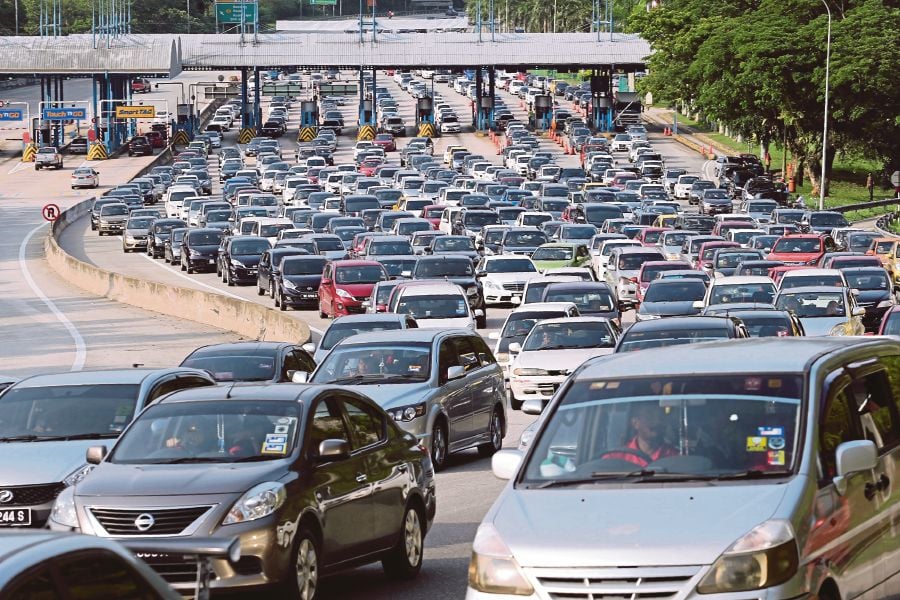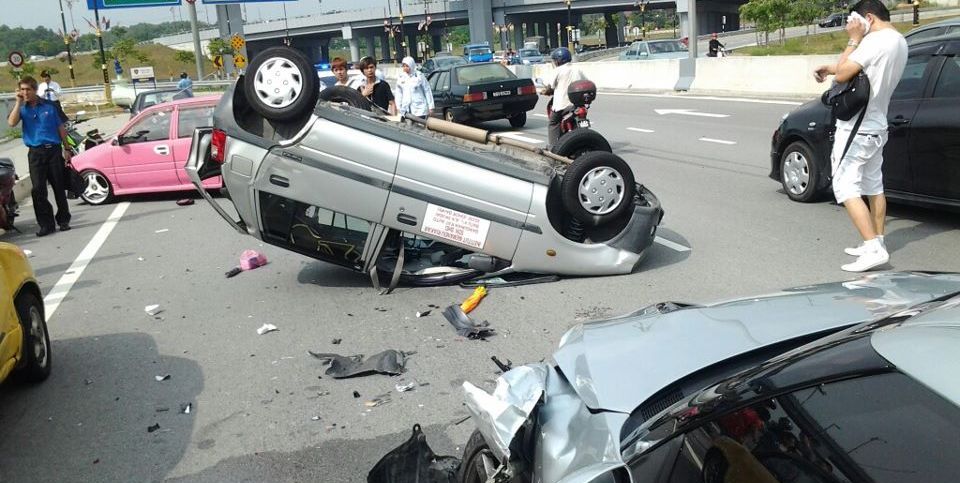“There are three types of lies,” the saying goes… “lies, damned lies, and statistics.” Keep that in mind when considering the latest ranking of Malaysia as the world’s 8th-most dangerous country for driving.
You may have seen the headline splashed all over almost every local media outlet in recent days that Malaysia is one of the most dangerous countries in the world in which to drive.
Such a proclamation likely comes as no surprise to most Malaysians and certainly not to many expat drivers. Malaysia’s roads regularly receive a rather low ranking when it comes to road deaths, and our own surveys over the years consistently reveal that expats feel that Malaysian driving leaves a lot to be desired. In fact, it is the motorcyclists who receive the most criticism, and indeed they contribute to around half the road deaths in the country.

What may be slightly more surprising is that our own analysis suggests you can take this “ranking” with a pinch of salt. Let’s unpack it, with the upfront caveat that our review of this study and its rankings draws only on the published, available knowledge from the company which released it. If they have secret data or unpublished methodology, that has not factored in our analysis.
THE HEADLINE
Based on the results from driver education company Zutobi on the world’s safest countries to drive in, South Africa ranks dead last, while Thailand is second from the bottom. Interestingly, the United States ranks third from the bottom, a position partly attributed to the fact that 29% of road accidents are linked to alcohol consumption.
Also interesting: Among the worst 10 countries on this list, the US and Malaysia nevertheless have the highest rates of seat belt usage, coming in at 90% and 74%, respectively.
The headline trumpeted by every news outlet in the country: Malaysia is the 8th-most dangerous country in the world to drive in!
BEYOND THE HEADLINE
We wouldn’t set too much store by this ranking, however. Their somewhat opaque methodology includes five factors: road deaths per 100,000 population, maximum highway speed limit, rate of seat belt usage, road deaths attributed to alcohol, and the legal limit for blood alcohol levels. Zutobi assigns a “normalised score out of 10 for each factor, and calculates an average score across all five factors.” We couldn’t divine much meaning from that word salad, frankly.
Even the data points they use are confusing, as the first factor – road deaths per 100,000 population – is not only the most meaningful factor when assessing “road danger” in a country, but it’s also directly or indirectly influenced by the other four factors.
Additionally, we would question whether the legal BAC limit has as much impact as its enforcement or the accurate reporting of deaths involving drunk drivers. For example, Malaysia, along with the United States, has the most liberal BAC limit – though still low at 0.08 g/dl, but it’s probably accurate to say that enforcement in the two countries is quite different. Malaysia has the lowest rate of deaths involving alcohol, according to this list, but we can’t be sure whether or not those fatalities were accurately ascribed.

The study also shows Australia’s deaths attributed to alcohol at 17%, yet this article from Australia shows that New South Wales attributes a whopping 85% of its traffic deaths to alcohol impairment, and it’s 30% for the country as a whole. Now, the article is a sales pitch for breathalysers so we don’t know if those statistics are official, but similarly, without more recent, verifiable published data for its study (Australia’s data point in question is taken from 2017), the Zutobi ranking also loses some credibility.
Even taken on its face, it seems patently absurd to say that the United States is an only slightly less dangerous country than Thailand in which to drive, yet that’s exactly what this list says, despite Thailand having a road death rate nearly triple that of the US.

We would also suggest that a country’s road miles (or kilometres) be taken into account. A large country with tens or hundreds of thousands of kilometres of roads within their borders cannot be directly compared to a country with a fraction of the roads. We would argue that if you have two countries with very similar rates of road fatalities, and one country has half the total road kilometres of the other, the former country should be considered more dangerous. In that country, after all, motorists are dying at the same rate, but on half the roads. The data must be weighted accordingly when conducting the study.
Finally, the rankings as a whole are particularly questionable as just 53 countries are included, which only accounts for a little over a quarter of all UN-recognised countries. Indeed, Malaysia and Thailand, for example, are the lone representatives of the 10 ASEAN countries.
That said, when sorting the data only by road deaths per 100,000 population, which we feel is the most crucial data point, Malaysia actually fares much worse, ranking second-worst 22.5, behind Thailand’s 32.2. The US is significantly less dangerous by this metric, with 12.7 road deaths per 100,000 population. However, that’s probably a flawed approach, as well.
Remember though, this list includes only 53 countries and so can hardly be considered comprehensive. Looking over the site itself, it appears to be a more casual and almost whimsically presented “study” rather than anything that should be taken seriously or repeated as though it were solid fact. With that in mind, do buckle up and drive safe on all those dangerous, dangerous Malaysian roads!

To see the data for yourself, visit zutobi.com/us/the-worlds-safest-roads.





















